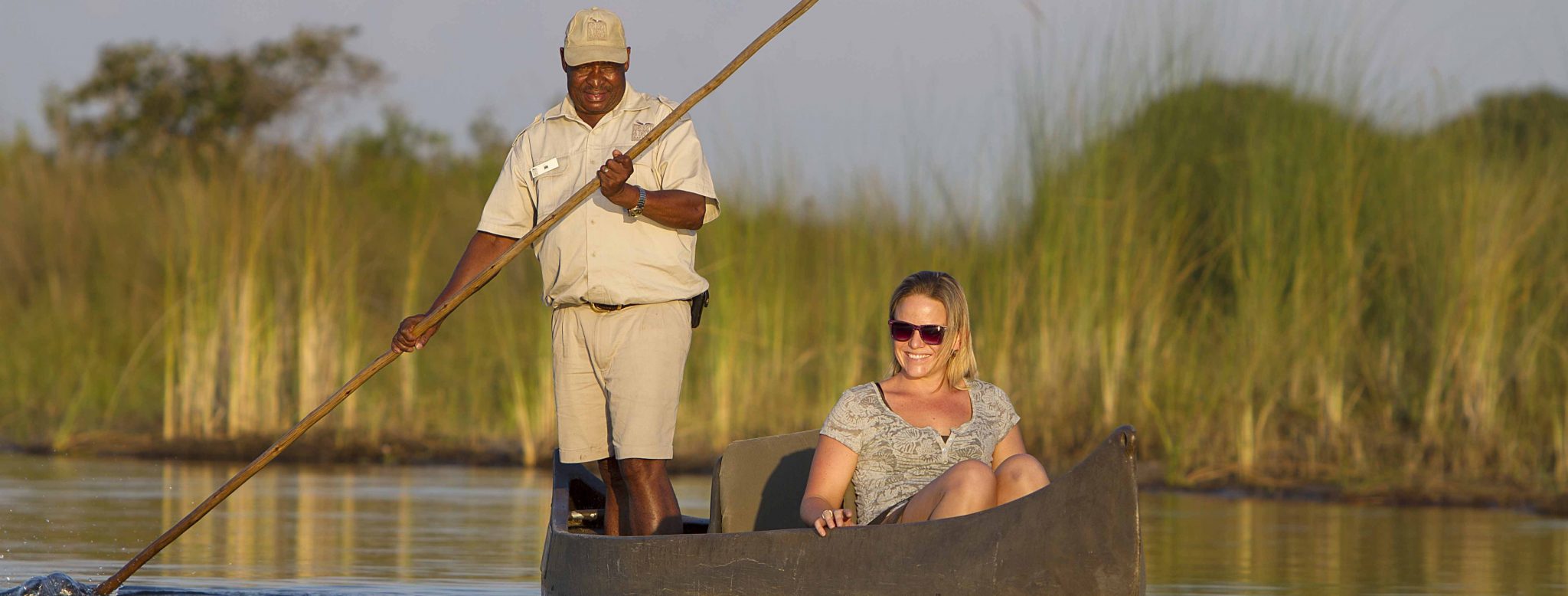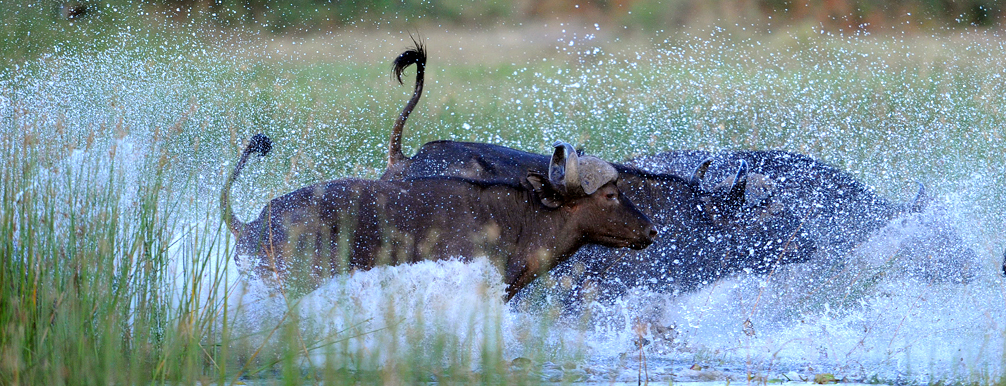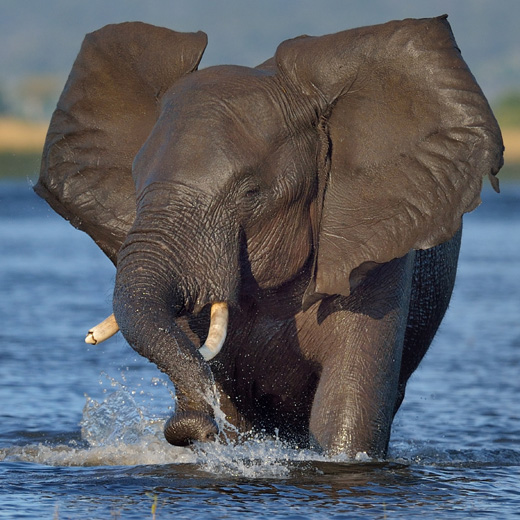






Price Starting at $10,195.00
Adventure is wrapped in luxury in Botswana, where you wing your way from camp to camp on small planes.’ First stop, the Kalahari Desert and the otherworldly Makgadikgadi Salt Pans, where a glowing, white expanse of natural salt deposits create glittering mirages that seem to reach out into the horizon endlessly. Nearby the Nxai Pans are home to an array of animal and plant life, including the giant “upside down” Baobab trees that make the African skyline so spectacular. Then back on the plane for the most spectacular view over the Okavango. A wetland wilderness of looping channels, islands forested with palms and wide grassy floodplains, the Delta is home to a magnificent array of iconic birds and animals, from lion and elephant, to the ‘spirit of the Delta’, Pel’s Fishing Owl. End your adventure in Namibia’s Caprivi Strip, across from Chobe National Park, where your activities will be boating to see the abundant wildlife, visiting native villages, and discovering the wildlife of Chobe!
Degree of Difficulty –

Prices vary by season and package. Please inquire by phone at (800) 627-1244 or email info@classicescapes.com for more information and a pricing estimate.
Maximum group size: 24 travelers. Each camp has 12 rooms.
YOUR JOURNEY INCLUDES:
- All flights between the Botswana camps, as well as Kasane.
- On the pre-extension, flight between Cape Town and Johannesburg.
- On the post-extension, flight between Victoria Falls and Johannesburg.
- Superior accommodations throughout as indicated or similar.
- All meals while on safari. Other meals as specified in itinerary.
- All wildlife viewing by 4X4 open vehicles, driven by professional rangers, by mokoro and by boat.
- Specialist guide will accompany group with a minimum of 10 travelers on the main program and on either extension.
- Laundry and all domestic beverages (beers, juices, house wines, sodas and some domestic liquors, excluding Champagne and premium brands) at camps in Botswana, Namibia, and Zimbabwe.
- Complimentary bottled water in vehicles throughout.
- All applicable hotel and lodge taxes and gratuities for baggage handling.
- All park entry fees and sightseeing as specified.
- Complimentary baggage tags and passport wallet
- Complimentary emergency evacuation insurance.
Botswana can be visited year-round. June-August is Botswana’s winter, and the mornings and evenings can be quite cold, the water levels are at their highest, and it is generally considered high season. However, the off-peak season, called the green season, also offers spectacular wildlife viewing and the pricing is best during that time of year.
On our Desert Sunset, Delta Dawn, Chobe Midday program, Leroo La Tau is perched on the cliffs of the Boteti River on the far western side of the Makgadikgadi Pans National Park. This River began flowing again in 2009 after more than 20 years of being dry and is one of the best places to witness Africa’s second biggest zebra migration. December-March the large herds of zebra & wildebeest have migrated to the pans away from the river, but our program includes a daytrip to Nxai Pan for an exciting chance to witness these large herds, including springbok, oryx and eland plus all those thousands of zebras that have migrated there for the season. Depending on the rains of the season, come April, the zebras begin the migration back to the river and the area surrounding the lodge as they come in search of water to drink when it dries up and evaporates from the pans. As the dry season draws in, so too do the zebra and wildebeest resulting in magical scenes of thousands of zebras galloping up and down the dusty river banks of the Boteti. You might even see some of the rhino that have been reintroduced to the region after being absent from the park for the over 200 years.
Camp Xakanaxa, in the Moremi Reserve has great game viewing year-round, and the lagoons of Xakanaxa and the Kwhai River are good for boating and mokoro rides. The rainy season here is November through March. The floods are highest during the winter months – June through August – when they arrive from the highlands of Angola. Chobe Savanna is on the Caprivi Strip in the Chobe ecosystem, on the Namibia side. The experiences here involve mostly boating, birding, walking and game runs into Chobe National Park.
At Victoria Falls, the water levels are high January through July on the Zambian side and diminish after that. For best viewing of the Falls, we recommend that travelers visit the Zimbabwe side between August and the end of the year – this tour can very easily be arranged at an additional cost if staying at the Zambian side of the Falls.
Summer in Cape Town (December through March) can be quite hot during the day, but it’s never uncomfortable as humidity is relatively low. Autumn (April/May) is warm with sunny days and lovely nights – and the best time to visit Cape Town. It can be rainy in Cape Town during winter (June-August), but it’s always pleasant and there are plenty of activities to be enjoyed no matter the weather. Spring (September-October) can be warm, but the evenings do cool off. This is another lovely time to visit Cape Town as it is not windy, the weather is lovely, and the wild flowers are in profusion. Overall, the winters are mild, spring and autumn fantastic, and the summers comfortable; Cape Town can be visited during any time of the year.




